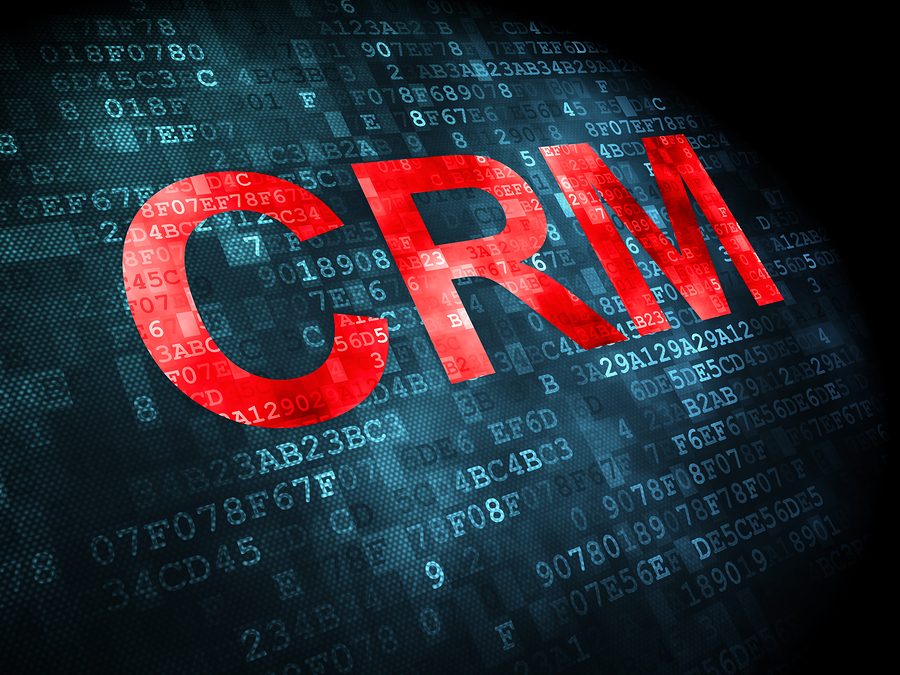 Growing small businesses are twice as likely to rely on CRM than their more stagnant counterparts. CRM helps these companies find and keep customers. It provides a 360 degree view of customer data which 60% of business leaders have made a critical or high priority.
Growing small businesses are twice as likely to rely on CRM than their more stagnant counterparts. CRM helps these companies find and keep customers. It provides a 360 degree view of customer data which 60% of business leaders have made a critical or high priority.
Because CRM has become so important to businesses, using it well should be a priority. All too often, the data found in your CRM can have some problems. Let’s take a look at some common issues found within CRM data and how you can prevent or fix them.
How to Solve These 3 Common CRM Data Problems
- Problem: Customer records are missing key pieces of information.
You open the data file and find important pieces of customer information are missing from the file. Records are incomplete. Customers cannot be contacted because you don’t have an accurate email address or telephone number to reach them.
Solution: Check with your customer service, sales, and marketing staff to make sure they are asking for all the data when they are in contact with customers. Integrate other systems in your company with your CRM system so purchasing information, orders, and invoices are also brought into the system to complete each customer profile. Make sure your CRM system is set up correctly so it is capturing all the available information.
- Problem: Records are outdated.
You send out a company newsletter to the email addresses in your CRM system and you have a high number of hard bounces (bad email addresses). There are old records in your system dating back several years and you spot companies you know have gone out of business, been sold, changed names, etc. Your database contains a great deal of stale information.
Solution: Databases can become stale and fatigued if they aren’t used frequently. If your CRM has sat idle for any length of time or no one has been actively managing it, data can become outdated. People change email addresses frequently, for example.
One way to fix this problem is to always confirm customer information when you are in direct contact with customers. For example, if your call center receives an inbound call from a client, ask the client to quickly confirm their address, phone number, and email address.
There are also services available to scrub and clean databases. These services match records from your database to reputable sources of data, such as the U.S. Postal Service’s forwarding database which tracks all notifications to forward mail because people have moved to a new location. Using such a service from a list broker or list company can get your mailing list shipshape quickly.
- Problem: Not enough new prospects.
Your sales remain stagnant because you’re reaching out to the same customer base. You don’t have enough new prospects coming in.
Solution: Your CRM system is great for contacting your current customers and for keeping in touch with them. What it can’t do for you is prospect to find new customers. You’ll need to ramp up your sales and marketing efforts to get new customers back into your sales pipeline.
CRM Systems: Customers First
CRM systems put the customer at the center of the relationship. Managing your CRM data is the first step to building trust between you and your customers. Take time to make sure your CRM database is updated and ready for business.
ASI can help you put your customers first with the right CRM and business software solutions. Contact us to get started.

